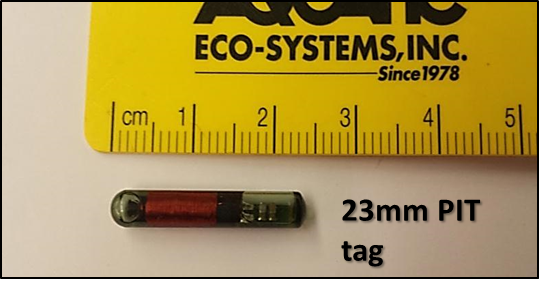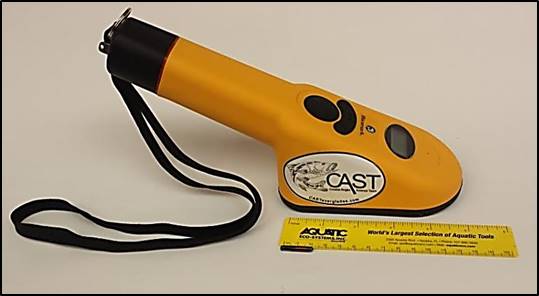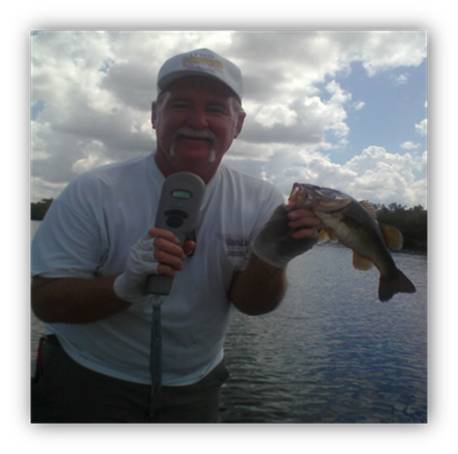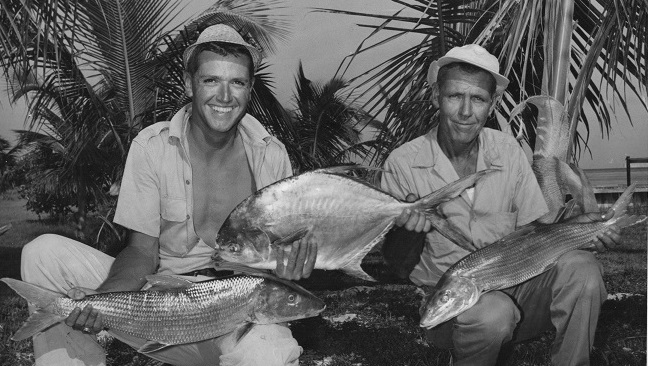
 Image (Top: PIT tag Bottom: Tag reader)
Image (Top: PIT tag Bottom: Tag reader) CAST angler Dave Rose with largemouth bass recapture!
CAST angler Dave Rose with largemouth bass recapture!Mark-recapture methods are a powerful tool that has the potential to provide necessary information on valuable recreational fisheries species. With each recapture we learn more about what fish are doing and how they are responding to changes in the environment. Therefore, it is essential that we maximize our recapture abilities and expand beyond “traditional” research methods. CAST has shown that each angling party has the ability to match the recapture efforts of a single research team. We are learning more and more each time members choose to apply their normal fishing trips/effort to CAST research.
CAST member is not much different than any other fishing trip, except the information gained from your time is invaluable. CAST angler data has two components: The first is recording the total number of hours and the number of people fishing, and the total landed catches of focal species (snook, largemouth bass, and redfish) while in the study site. The second component is using the handheld reader to scan all focal species caught for the presence of PIT tags. If a fish doesn’t have a tag it is released as usual. However if a fish is tagged, a minute is taken to record the tag number, fish length, and general location of the catch.
